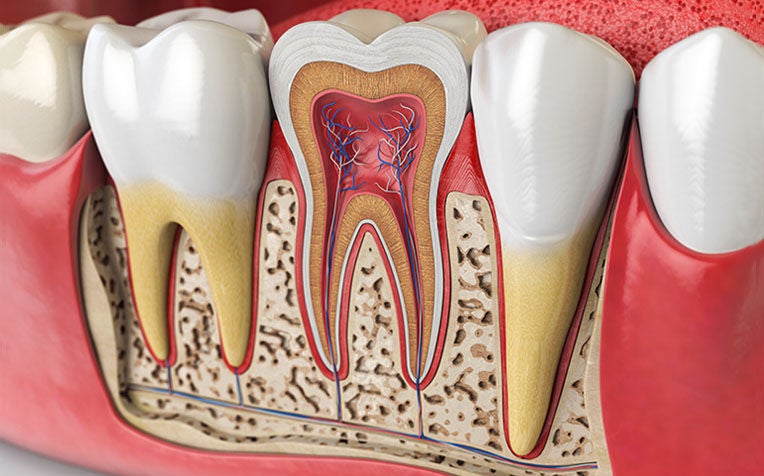
Root canal treatment is a relatively painless procedure that can save your teeth.
Many people get shivers down their spine at the mention of root canal treatment, but the truth is that it is a relatively painless procedure.
Root canal treatment is not as terrifying as some people think and it can save your teeth.
Despite its reputation, it allows dentists to save teeth that might otherwise be lost. In the procedure, inflamed or infected pulp inside the tooth (the living tissue with blood vessels, nerves and connective tissue) is removed. The space is carefully cleaned, filled and sealed, and then capped with a crown (if necessary) so it looks like a normal tooth.
“(With root canal treatment) we can save teeth which would otherwise be extracted. Most teeth are worth saving except perhaps wisdom teeth, which, if they erupt in the wrong position or orientation, would not be useful for chewing anyway,” explained Clinical Associate Professor Lui Jeen Nee, Senior Consultant, Endodontic Unit, National Dental Centre Singapore (NDCS), a member of the SingHealth group.
Pulp inflammation: The root of the problem
The main causes of pulp inflammation and infection are caries and decay but cracks are increasingly becoming a big contributor too.
Pulp trouble starts with inflammation. Eventually the pulp dies off, leaving the tooth with no nerves or blood supply. It therefore loses its ability to defend itself against infection, making it a target for bacteria which enter through the caries or cracks. A hard knock to the tooth can also cut off blood supply causing the pulp to die and become infected.
Tooth pain, prolonged sensitivity to heat or cold, tooth discolouration, swollen and tender gums or a bad taste in the mouth could all mean pulp inflammation or infection. For some patients, there may be no symptoms at all. “We also have patients who are not aware of the symptoms even if they are there. That is why regular six-monthly visits to the dentist are necessary. The dentist will be able to pick up any problems and deal with them early, or refer them to an endodontist specialising in treating root conditions,” said Clin Assoc Prof Lui.
To confirm any diagnosis, dentists run tests. X-rays are also often used as they highlight infected areas.
Overcome the fear of root canal treatment
In most cases, the procedure is not painful, as the surrounding area is numbed with local anaesthesia. If there is severe pain before treatment, administering the local anaesthesia may be difficult and there may be some discomfort during the procedure.
The placement of the rubber dam (a thin sheet of latex placed over the mouth) also causes some anxiety as patients feel they may not be able to communicate with the dentist or swallow.
“We usually walk patients through the procedure and tell them what they can expect to feel at each stage. We ask them to signal us if they feel any pain or discomfort. They will still be able to swallow but as a backup, a suction pump is always used to remove the saliva,” said Clin Assoc Prof Lui.
Most patients do not experience any pain after treatment, even when the anaesthesia wears off, but as a precaution, mild painkillers are often prescribed. Stronger ones are given if patients experience a lot of pain to start with, as chances of having post-treatment pain are higher in these cases.
“If the medication doesn’t help to alleviate the pain, or the pain lasts for more than two to three days, or if there’s swelling, it’s best to consult the dentist again,” said Clin Assoc Prof Lui, adding that these make up less than 5 per cent of cases.
Watch the video to learn more about root canal treatment.
In English
In Mandarin
Ref: J22
Check out other articles on oral care:
Contributed by














 Get it on Google Play
Get it on Google Play